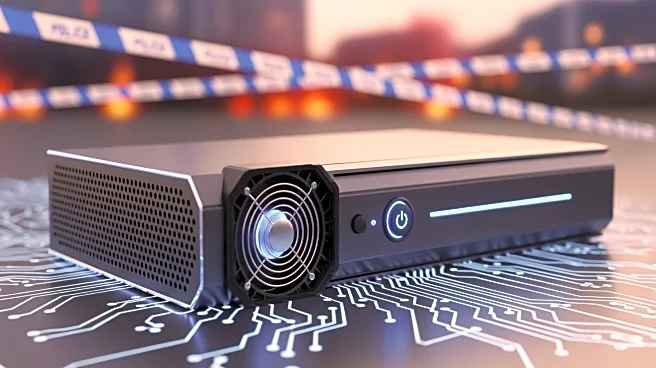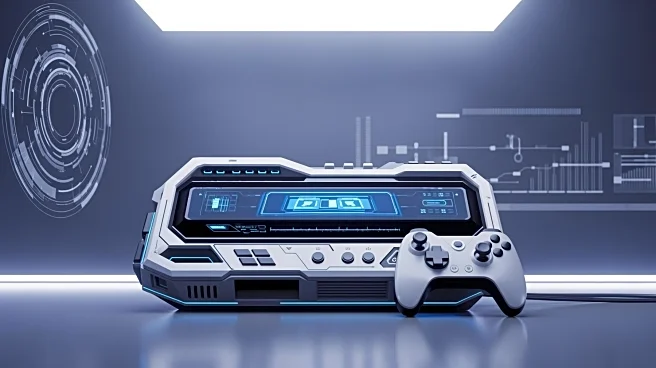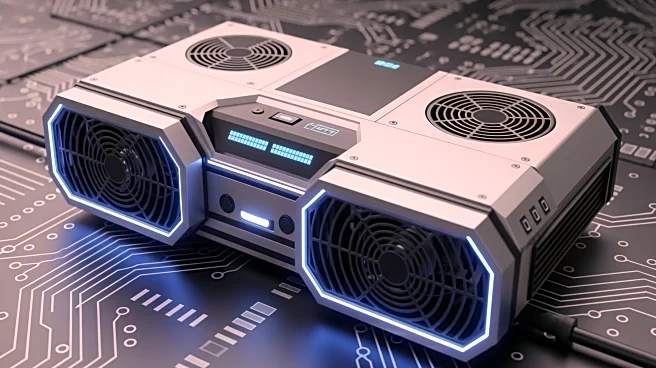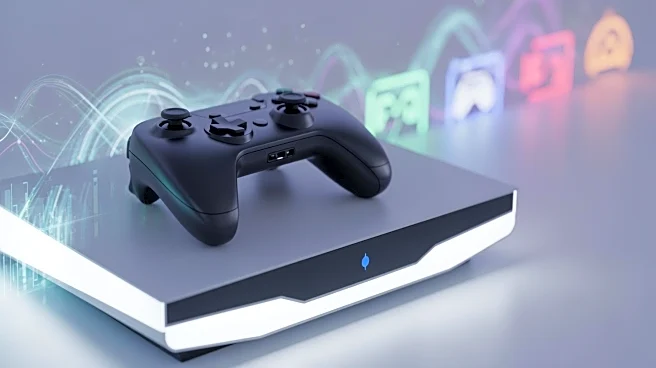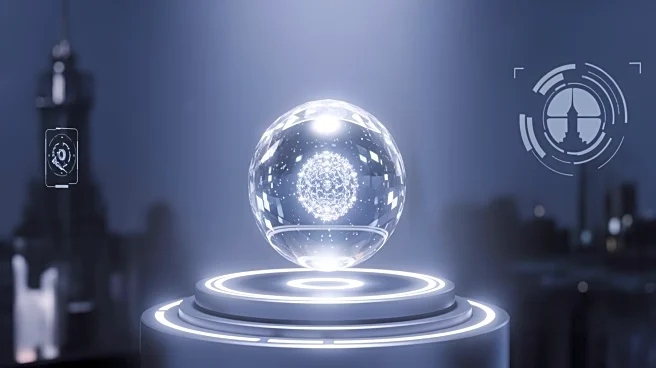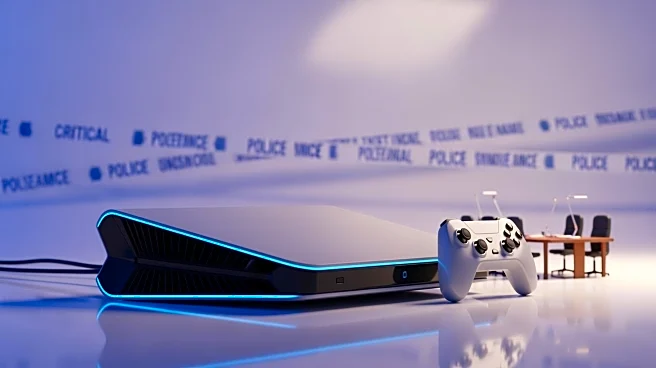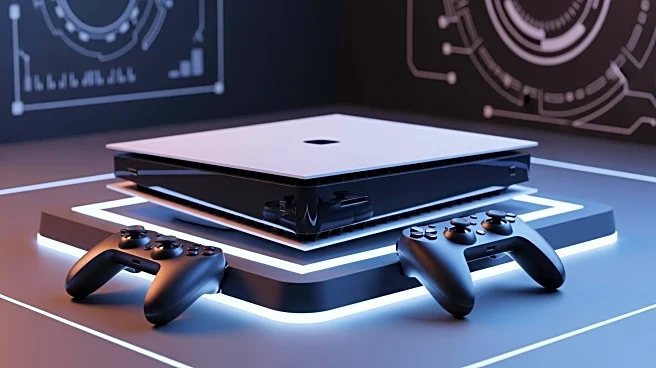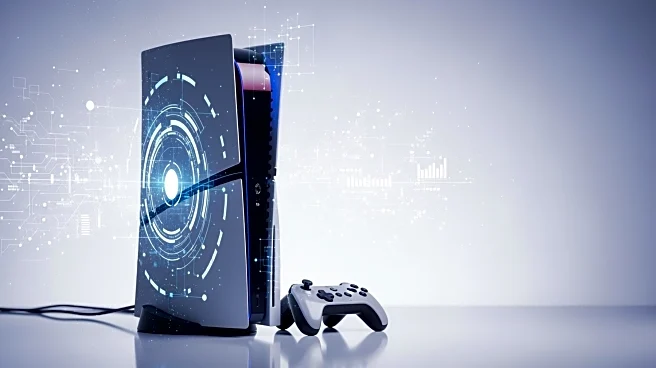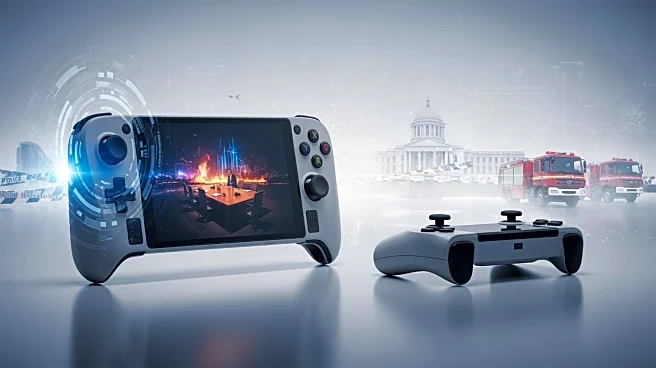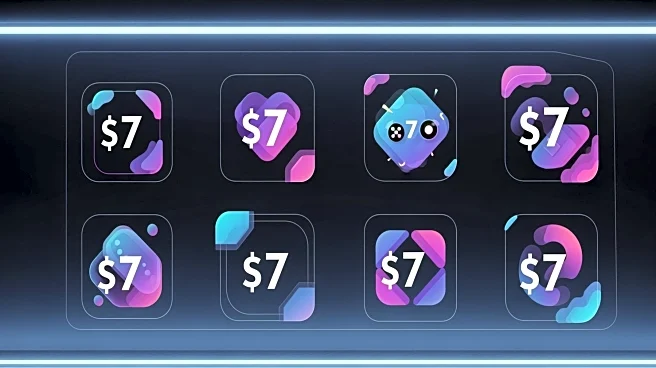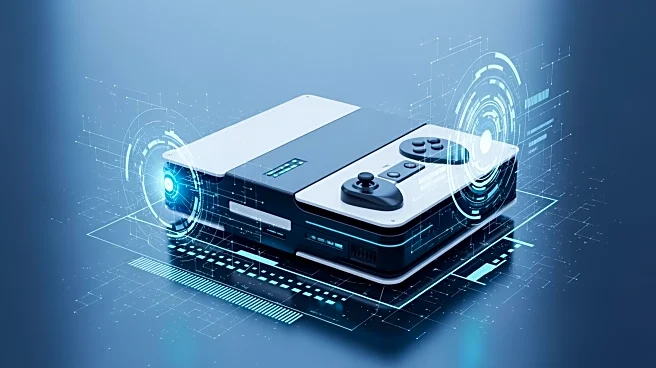What's Happening?
Former PlayStation Indies head Shuhei Yoshida has expressed concerns about the future of gaming technology, suggesting that the industry has reached a plateau in terms of graphics power. During a recent
podcast, Yoshida noted that the differences in graphical capabilities, such as ray tracing and frame rates, are becoming less noticeable to the average consumer. This sentiment echoes previous comments by former Sony CEO Shawn Layden and PlayStation design consultant Mark Cerny, who have also acknowledged the limitations of current technological approaches. Despite these challenges, Yoshida praised the PlayStation 5 (PS5) for its quality of experience, particularly highlighting the impact of its solid-state drive (SSD) on gaming performance.
Why It's Important?
The acknowledgment of a technological plateau in gaming graphics by industry leaders like Yoshida and Layden could signal a shift in focus for console manufacturers. As the ability to significantly enhance graphics diminishes, companies may need to explore other avenues to improve gaming experiences, such as gameplay innovation, virtual reality, or cloud gaming. This shift could impact the competitive landscape of the gaming industry, influencing how companies allocate resources and develop future consoles. Consumers might also see changes in marketing strategies, with less emphasis on graphical improvements and more on other features.
What's Next?
Looking ahead, the gaming industry may witness a strategic pivot as companies like Sony explore new technologies and innovations beyond graphics enhancements. The potential release of the PlayStation 6, rumored to be more cost-effective due to its AMD chip, could reflect this shift. Industry stakeholders, including developers and gamers, will likely monitor these developments closely, as they could redefine the future of gaming experiences and consumer expectations.
